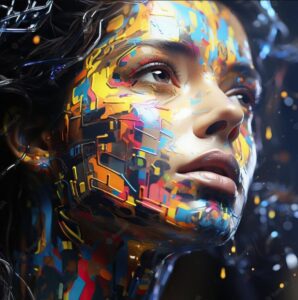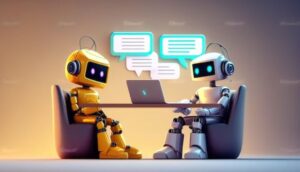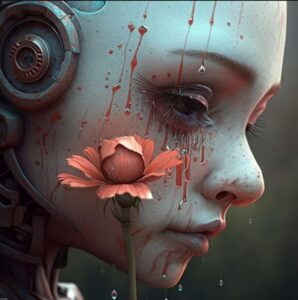In the realm of artificial intelligence, art generators have emerged as a means to transform text into images. While they offer a more accessible route to creativity, AI art generators still have room for improvement.

AI has made significant progress, and ChatGPT has recently garnered attention and sparked heated debates. Alongside it, we now have AI art generators that operate similarly. It's nearly identical to ChatGPT – you input a prompt, click the generate button, and wait for the algorithm to work its magic.

So, why haven't AI art generators taken the internet by storm, and why aren't artists and painters discussing them? But before we delve into that, let's explore what AI art generators are and how they operate.
Some notable AI art generators include Midjourney, a highly efficient one. Others include DALL-E 2 (a manifestation of Salvador Dali's legacy in the 21st century), Starry AI (a modern take on The Starry Night), Gencraft, Nightcafe Creator, and WOMBO Dream – these generators are quite decent.
In essence, these generators function by allowing you to input a text prompt with as much detail as you prefer, select your preferred art style and click the generate button. The expectation is to receive an image that precisely matches your description. Most of these generators claim to be free, and they are, at least for the initial few prompts. However, to get started with most of them, you need to create an account. During the free trial phase, you encounter several limitations such as character restrictions in prompts, constraints on available art styles, and a limited number of generations within a specific timeframe.
The concept of a text-to-image art generator is intriguing, and it can be executed correctly. The primary challenge with these generators lies in the human touch (a somewhat clichéd but true notion). These generators excel in producing images of "a young girl reading" or "a cat engaged in swordplay," but they struggle when it comes to generating "a close-up of a melancholic girl reading."
Some may argue that these generated images could serve as templates for artists and graphic designers to work with. However, the images can be overly complex and sometimes bear no relation to your prompt. While these tools are invaluable when facing tight deadlines or lacking drawing skills or graphic design expertise, extensive tweaking is often necessary. If you seek perfection in terms of the desired image, you might spend hours refining your prompt, only to realize that AI generators struggle to effectively convey emotions. Moreover, if your prompt includes numerous details like background, color schemes, and patterns, the generator may randomly select elements, resulting in an unpredictable image.

AI art generators can be enjoyable to experiment with and prove useful for projects with impending deadlines or when you're not inclined to engage in hands-on creativity. However, they lack a certain fluidity and organic touch found in human-generated artwork. This argument is akin to the one surrounding ChatGPT, but it's reasonable to assert that ChatGPT has made considerable progress in emulating human writing. In contrast, AI art generators have a long journey ahead before they can replicate the brushstrokes of Picasso or offer social commentary akin to Banksy.
Therefore, until the day arrives when museums are adorned with artwork that doesn't require the "artist" to purchase a pencil or paintbrush, we can rest assured, that artists can persist in challenging the notion that art is an easy endeavor.
